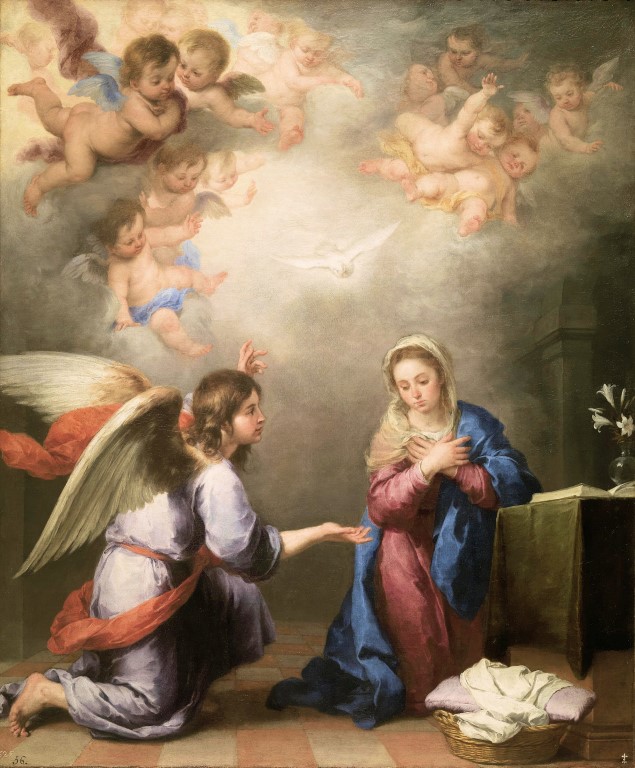Handling the mementos
 Priests are often asked to remember a particular intention in their prayers. When people do this, I always say a Hail Mary there and then if possible and try to include such prayers in the general intention of saying the Divine Office. But people do like to be remembered "at the altar". I have a little book Clericus Devotus which I found in an old prie-dieu at school years ago and was allowed to keep. It belonged to a priest who had died: inside, it is inscribed in pencil "Rev W Evans, Ist Infantry Brigade, 1st Division BEF". Inside the rear cover, the Leonine Prayers (the prayers said after Low Mass) are written in pencil - the book was published in 1910 and I suppose the editors had not got round to including this relatively recent innovation.
Priests are often asked to remember a particular intention in their prayers. When people do this, I always say a Hail Mary there and then if possible and try to include such prayers in the general intention of saying the Divine Office. But people do like to be remembered "at the altar". I have a little book Clericus Devotus which I found in an old prie-dieu at school years ago and was allowed to keep. It belonged to a priest who had died: inside, it is inscribed in pencil "Rev W Evans, Ist Infantry Brigade, 1st Division BEF". Inside the rear cover, the Leonine Prayers (the prayers said after Low Mass) are written in pencil - the book was published in 1910 and I suppose the editors had not got round to including this relatively recent innovation.It is a wonderful vademecum with prayers in preparation and thanksgiving for Mass, visits to the Blessed Sacrament, various prayers for priests, schemes of devotional morning and night prayers, and short meditations, especially on the last things.
One idea from the book which I try to use each day is the suggestions for the memento of the living and the memento of the dead. These are the parts of the Roman Canon where the priest pauses briefly. Here is my own translation:
If he intends to pray for many people, and so that it should not delay those attending, the celebrant can also set out in his mind all those, living and dead, for who he intends to pray in the Mass and (in the Canon at each memento) generally, in the one context, make commemoration of them. (Missale Romanum, Ritus celebr. Miss. VIII, 3).There is finally a reminder for the priest to apply the actual Mass intention which he should do according to the intention of the donor, even if it has been specified: in that way, the donor's particular intention can be honoured. As I can almost feel the questions that will come into the combox, I will do a further post on Mass intentions and the fruits of the Mass.
Memento vivorum (memento of the living)
1. Lord, remember me (here the priest mentions the graces and benefits which he intends to obtain through the holy sacrifice).
2. Remember my relatives and living friends (here can be mentioned the father, mother, brothers, sisters, relatives and friends of the priest).
3. All superiors and benefactors of both spiritual and temporal goods.
4. All those committed to me in general and in particular.
5. All priests and ministers of the Church.
6. All my enemies and those to whom I have been an occasion of sin.
7. All heretics and the unfaithful, for their conversion.
8. All the sinners of the whole world who are now in agony and will die today.
Pius X conceded an indulgence of 100 days to all priests who had this commemoration at the Memento (S. Congr. Ind., 10 Dec 1907). Further, His Holiness commends this pious custom to us by his own example.
9. All those who have commended themselves to my prayers, and all those for whom You will and know that I ought to pray.
Memento mortuorum (memento of the dead)
1. Remember also, O Lord, the souls of my deceased relatives and friends (they are mentioned as above).
2. My superiors and benefactors
3. The priests and ministers of the Church
4. Those to whom I have been an occasion of sin.
5. Those who have been commended to my prayers.
6. Those who have died an unprovided death.
7. Finally those for whom I am bound and for whom You wish me to pray, and those for whom there is no special remembrance.

